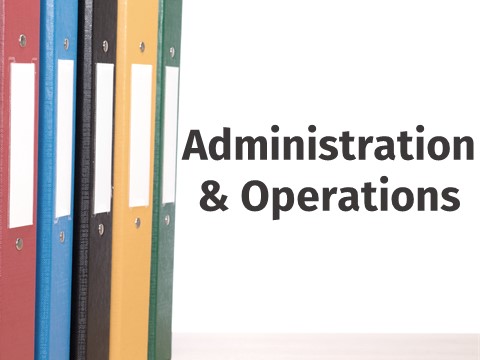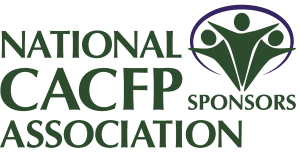P-EBT for Children in Child Care

Why it Matters?
Due to the ongoing pandemic, families continue to struggle with food insecurity. The extension of the Pandemic Electronic Benefit Transfer (P-EBT) to children under six will provide much needed nutrition assistance to support their health and development. The additional increase of benefits overall will help families combat hunger during this difficult time.
Summary
On January 22, in support of President Biden's call to action on hunger, USDA announced that it is increasing the Pandemic EBT (P-EBT) benefit by approximately 15 percent, providing more money for low-income families and millions of children missing meals due to school and child care closures.
In addition, the Consolidated Appropriations Act, 2021 amended section 1101 of the Families First Coronavirus Response Act (FFCRA), providing significant new flexibilities designed to ease the administration of P-EBT for States and territories. The Act makes changes to P-EBT for school children as well as children in child care.
P-EBT benefit levels:
The daily P-EBT benefit, for both school children and children in child care, now includes the value of the USDA free reimbursement for an afterschool snack. The new, higher benefit is retroactive back to the beginning of SY 2020-2021.

Eligibility:
P-EBT for Children in School
The basic P-EBT eligibility criteria for children in schools remains unchanged. Given that there is a Public Health Emergency designation in place, a school child is eligible for P-EBT benefits in school year 2020-2021 if the child meets the P-EBT conditions for eligibility:
- The child would have received free or reduced-price school meals under the NSLP and SBP if not for the COVID public health emergency, and
- The child does not receive free or reduced-price meals at school because the school is closed or has been operating with reduced attendance or hours for at least 5 consecutive days in the current school year.
P-EBT for Children in Covered Child Care Facilities
Given that there is a public health emergency designation in place, a child is eligible for benefits under P-EBT's child care component if three conditions are met:
- The child is a member of a household that received SNAP benefits at the anytime since October 1, 2020,
- The child is enrolled in a covered child care facility*, and
- The facility is closed or is operating with reduced attendance or hours for at least 5 consecutive days, resulting in the child's inability to attend the facility; or one or more schools in the area of the facility, or in the area of the child's residence, is closed or is operating with reduced attendance or hours.
*Under the latest amendment to the FFCRA, USDA shall deem all children under the age of 6 to be enrolled in a covered child care facility. Accordingly, States may develop P-EBT plans that define a process for identifying and issuing benefits to all SNAP-recipient children under the age of 6 who live in an area of a closed school or a school operating at reduced attendance or hours, or whose child care facilities (if applicable) are closed or operating at reduced attendance or hours or are in the area of a school that meets those conditions. Note that P-EBT benefits for children in child care are only available back to October 1, 2020, not the start of the current school year.
Are all children under age 6 who receive SNAP benefits automatically eligible for P-EBT?
No. The latest amendment to FFCRA considers all children under the age of 6 to be enrolled in a covered child care facility. However, the State must still confirm that the child's home address or child care facility is “in the area” of a closed school or a school operating with reduced attendance or hours before providing P-EBT benefits.
Note:
- Children being homeschooled are not eligible to receive P-EBT for school year 2020-2021.
- Regularly scheduled holidays and breaks are not P-EBT eligible days.
